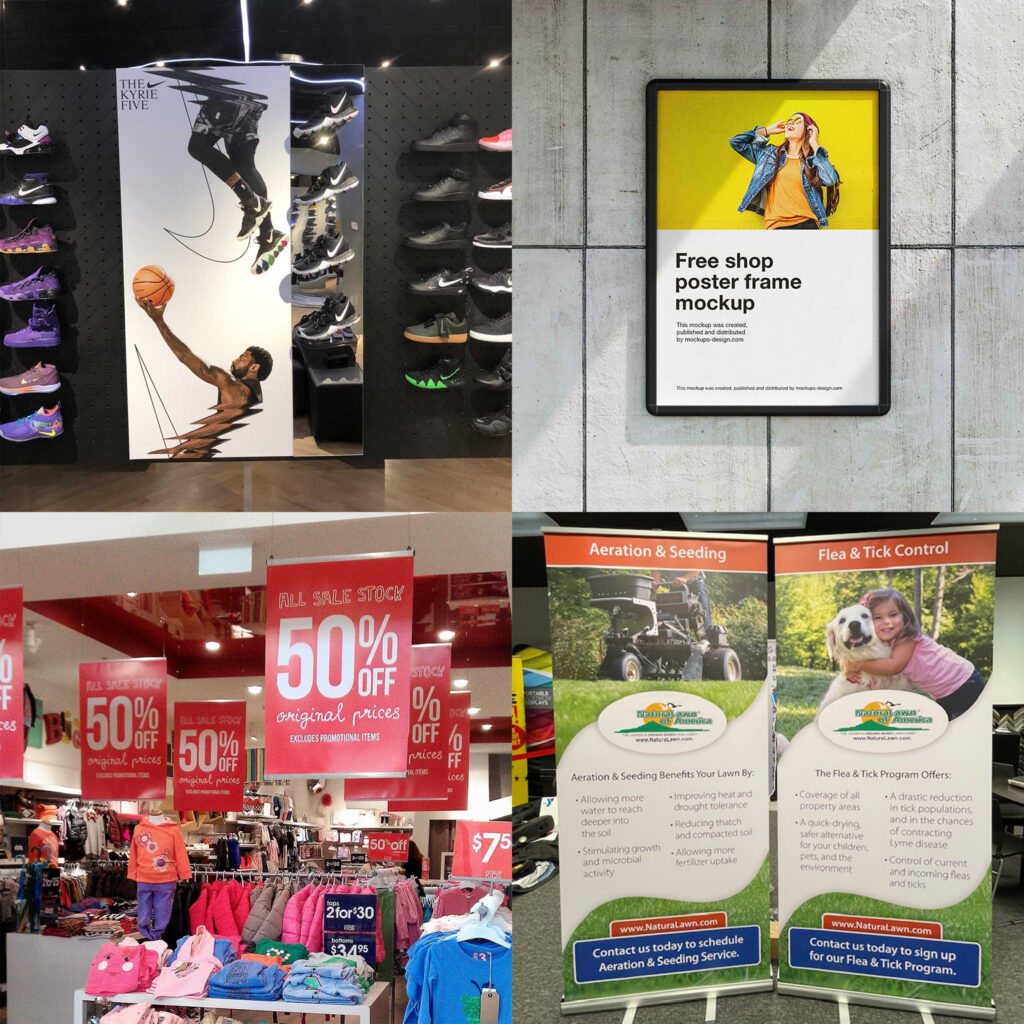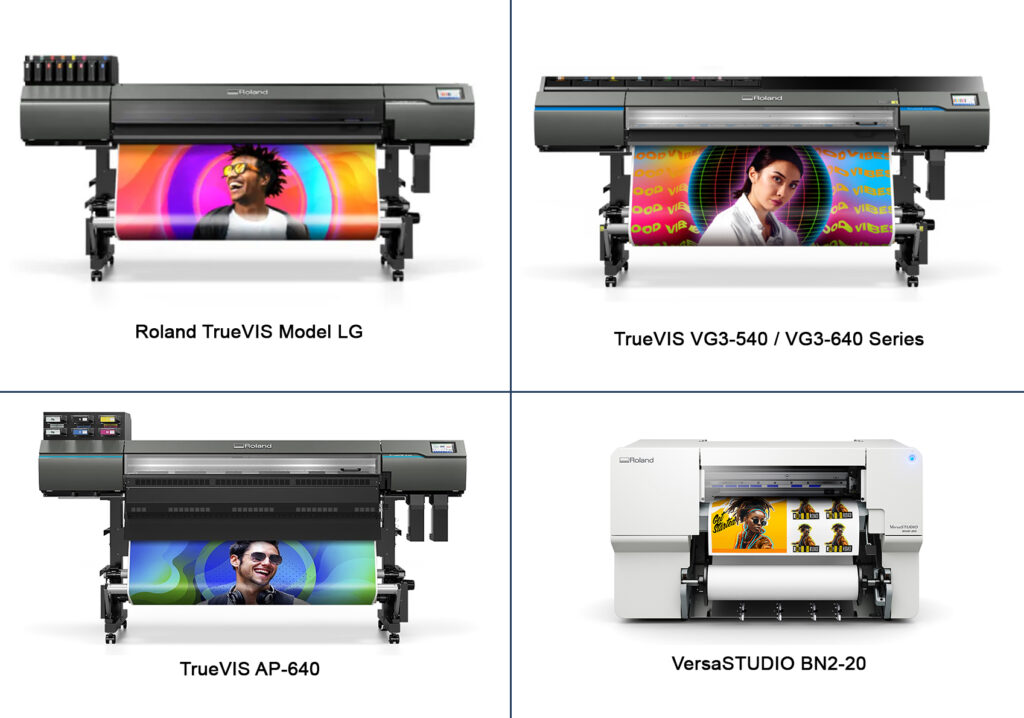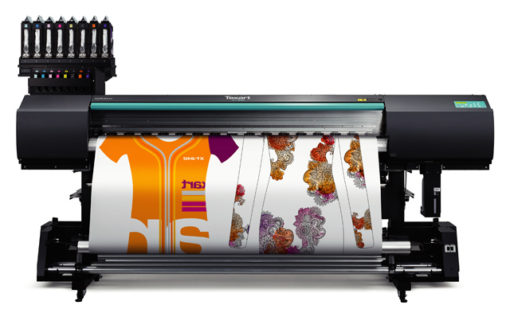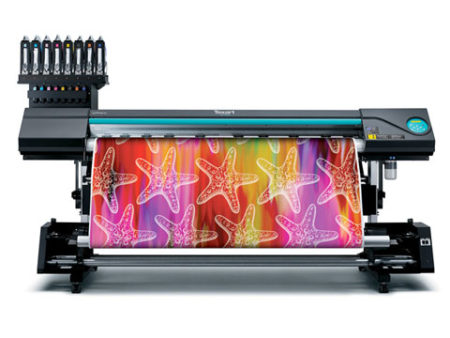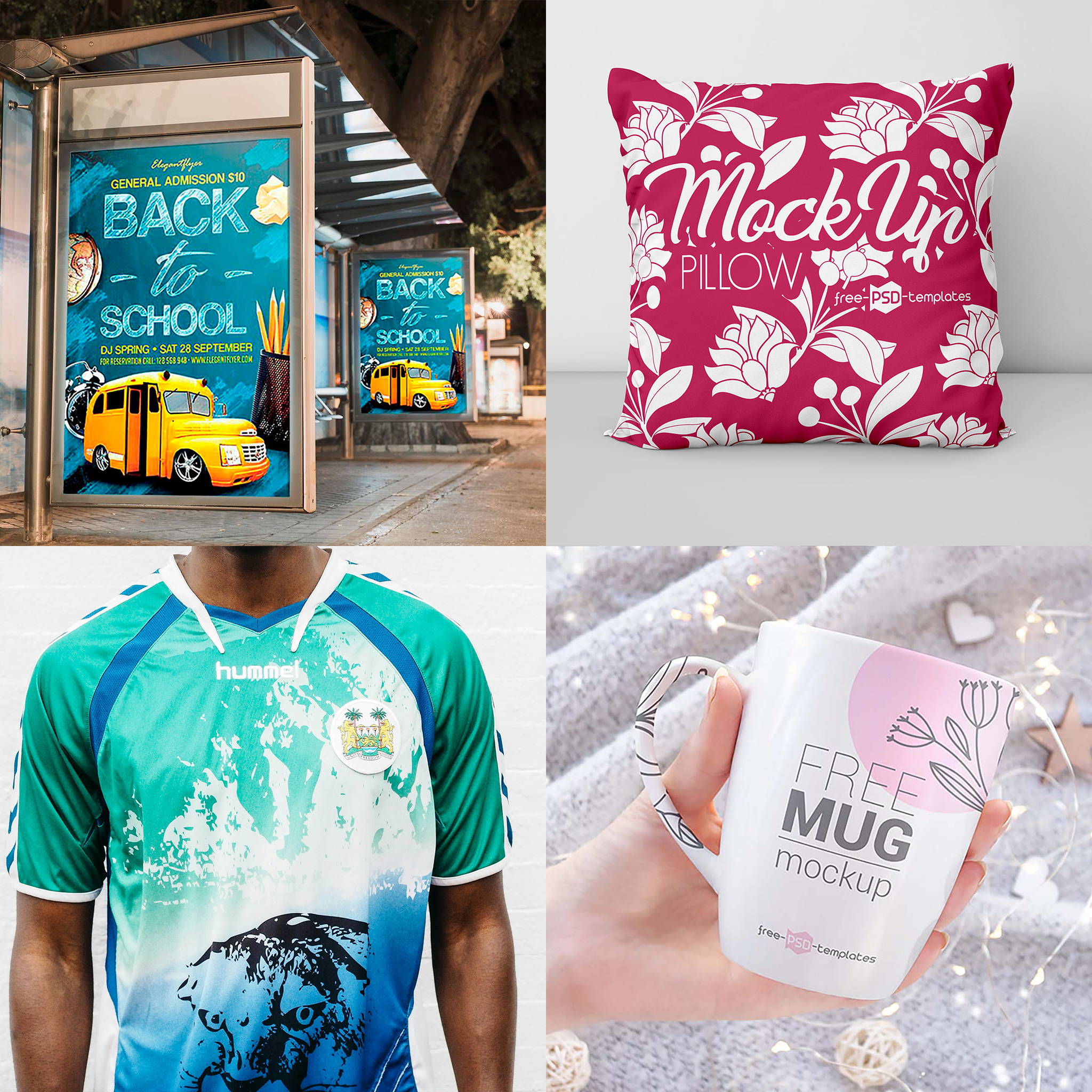Tag: dye sublimation printer
10 Tips For Designing Large Format Graphics
Large-format graphics hold immense potential for making a bold statement and captivating audiences. From towering billboards that command attention to expansive murals that transform spaces, the world of large-format design offers boundless opportunities for creative expression. However, harnessing the full impact of these oversized visuals requires careful consideration and strategic design choices. In this article, we’ll explore essential tips and techniques for designing large-format graphics that captivate, communicate effectively, and leave a lasting impression. Whether you’re tasked with creating eye-catching signage, vibrant banners, or immersive murals, these tips will help you navigate the unique challenges and opportunities of designing for large-format printing.
What is a Large Format Printing?
Large-format printing, also known as wide-format printing, refers to the process of printing graphics, images, or text on a larger scale than standard printing methods. This type of printing is typically used to produce oversized materials such as banners, posters, billboards, signage, and other large promotional or decorative displays. Large format printers are capable of accommodating print widths ranging from 18 inches to over 100 inches, allowing for the creation of expansive visuals with high resolution and vivid colours. Large-format printing is commonly used in various industries including advertising, marketing, retail, events, architecture, and interior design, where impactful visuals are essential for grabbing attention and conveying messages effectively.
Tips to Remember When Designing Large Format Graphics
When designing large format graphics, several key considerations can ensure your designs are impactful and visually appealing. Here are some essential tips to remember:
- Resolution: Ensure your graphics are created at a high resolution to maintain sharpness and clarity, especially when viewed up close. Aim for a resolution of at least 150 DPI (dots per inch) at full size to avoid pixelation.
- Scale and Proportion: Consider the scale and proportion of your design about the size of the final output. Optimize your layout to fill the available space without overcrowding, ensuring important elements are emphasized and easily visible.
- Simplicity: Keep your design clean and simple, focusing on key messages or visuals that can be easily understood from a distance. Avoid cluttering the space with excessive text or graphics that may distract from the main message.
- Contrast and Visibility: Use contrasting colours and bold typography to enhance visibility and readability, especially from a distance. Ensure that text and graphics stand out clearly against the background for maximum impact.
- Brand Consistency: Maintain consistency with your brand identity by using colours, fonts, and imagery that align with your brand guidelines. This helps reinforce brand recognition and ensures a cohesive look across all marketing materials.
- Legibility: Prioritize legibility by choosing fonts that are easy to read, even from a distance. Avoid overly decorative or intricate fonts that may be difficult to decipher, particularly in large format applications.
- Alignment and Spacing: Pay attention to alignment and spacing to create a well-balanced layout. Use grids or guidelines to maintain consistency and properly align elements for a polished look.
- Mockups and Previews: Always review your designs using mockups or digital previews to visualize how they will appear in the final printed format. This allows you to make any necessary adjustments before production.
- Consider Viewing Distance: Take into account the viewing distance of your graphics when determining font sizes, image resolution, and overall design elements. Designs intended for close viewing can accommodate finer details, while those viewed from a distance require larger text and simpler graphics.
- Proofing and Testing: Finally, thoroughly proof your designs and consider conducting test prints to assess colour accuracy and overall quality. This allows you to catch any errors or inconsistencies before final production, ensuring a successful outcome.
By keeping these tips in mind, you can create large-format graphics that effectively communicate your message, capture attention, and leave a lasting impression on your audience.
Common Applications of Large Format Printing
Large-format printing finds diverse applications across various industries and sectors, enabling the creation of impactful visual materials for different purposes. Some common applications include:
- Outdoor Advertising like billboards, posters, and banners delivers impactful messages to a broad audience.
- Retail Signage for storefronts, windows, and interior displays, enhancing branding and attracting customers with eye-catching signage.
- Trade Shows and Events use banners and booth displays, to help businesses stand out at trade shows, exhibitions, and events, effectively showcasing products and services.
- Vehicle Wraps turn cars, trucks, and vans into mobile advertisements, promoting businesses and brands to a wide audience on the move.
- Architectural drawings and renderings aid in visualizing building plans, communicating design concepts, and facilitating project coordination in architecture and construction.
- Point-of-purchase displays for standees, shelf talkers, and floor graphics, attract shoppers’ attention and drive sales at the point of purchase.
- Interior Decor such as murals and window graphics enhance interior spaces in commercial settings, reinforcing branding and creating ambiance.
- Artists and galleries looking to reproduce fine art prints, canvas prints, and photographic enlargements, showcasing artwork on a larger scale.
- Promotional Materials like mugs, t-shirts, umbrellas, and printing on gadgets are some of the items used for events, promotions, and marketing campaigns.
- Educational Materials like posters, maps, and charts enhance learning experiences in classrooms and educational environments.
Overall, large-format printing offers a versatile and effective means of creating impactful visual materials for a wide range of applications, spanning advertising, branding, retail, architecture, art, and education. Its ability to produce high-quality prints on a large scale makes it indispensable in various industries and settings.
Best Large Format Printers in 2024
For business owners, here are some of the best large format printers in 2024:
- TrueVIS VG3 Series Printers Cutters
Combine cutting-edge printing technology with precise cutting capabilities, delivering outstanding graphics and designs with vivid colours and exceptional precision. - Roland VersaSTUDIO BN2 Series Desktop Printer/Cutters
Offers a compact yet powerful solution for high-quality printing and precise cutting, making it perfect for small businesses like architectural firms. - TrueVIS AP-640
Blending the rapid drying and eco-friendly attributes of resin printing. - MG Series UV Printer/Cutters
Offer a seamless blend of UV printing and precise contour-cutting capabilities, enabling businesses to produce stunning and durable graphics. - Roland Model LG-640 / LG-540 / LG-300
Designed to deliver high-quality UV printing, allowing architects to produce stunning architectural renderings. - VersaUV LEC2-640 LEC2-330
With its innovative UV ink technology and precision cutting features, this printer offers unparalleled capabilities in producing vibrant, detailed, and tactile renderings on a wide array of materials, including foils, films, and specialty substrates.
In summary, these tips provide valuable guidance for creating quality large-format graphics. By focusing on factors such as resolution, scale, simplicity, and brand consistency, designers can ensure their graphics are visually appealing and effectively convey their intended message. Attention to detail in areas such as contrast, legibility, and alignment further enhances the impact of the design. Through careful planning, mockups, and testing, designers can produce large-format graphics that captivate audiences, reinforce branding, and leave a lasting impression. As technology evolves, these principles remain essential for success in large-format printing.
Are you in the process of starting or expanding your large format printing business and in need of expert guidance on purchasing the right printing machine? Look no further! Our industry experts are here to provide valuable insights and expert opinions to help you make the best decision for your business. With a deep understanding of the large format printing industry, we can assist you in selecting the ideal printing machine that meets your specific requirements and budget. Contact us today for a personalized consultation and let us help you make the right investment for your business’s growth and prosperity.


